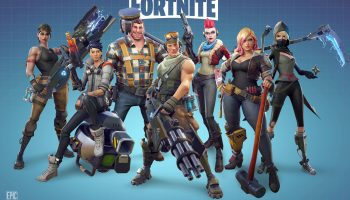The terms GameFi 1.0, 2.0, and 3.0 refer to the iteration of GameFi titles as they move from the oldest and least sustainable to the more sophisticated as the industry evolves.
While the tokenomics of various projects is a significant factor (eg the number of coins in a game), others such as funding and game quality are also critical, with most games falling short of the quality of Splinterlands, Cryptogene, Axie Infinity and other successful games
It's been over a year since GameFi took off, and from a rapid rise in user numbers in the last quarter of 2021, it began to decline in early 2022, with a significant drop in February.
With a global base of 3 billion gamers failing to transition to Web3, and the short lifespan of most GameFi projects, it is crucial to ask how the industry can become more sustainable in the future.
Projects that develop quickly usually sacrifice quality
GameFi is a mixed bag, and there's no shortage of fork projects hoping to make an easy buck. 70% to 80% of GameFi projects on the market are inactive, with an average of 200 users per day for five consecutive days. Although 80% or more of projects launched in 2022 were active within 30 days of launch, the data suggests that they do not last long.
Data shows that 60% of projects die within 30 days of activation, and few projects have been active for more than three months since last November indicating that most projects actually won't survive long in this harsh market.
Source: https://www.reddit.com/r/NFTGames/comments/xkgbur/gamefi_is_facing_some_difficult_times/







